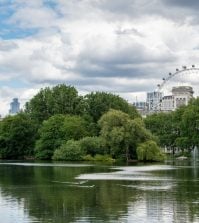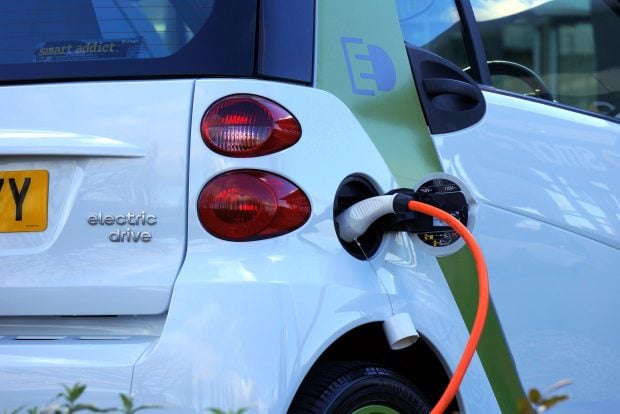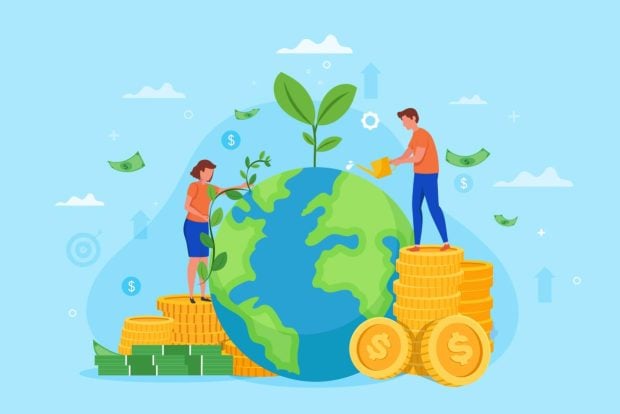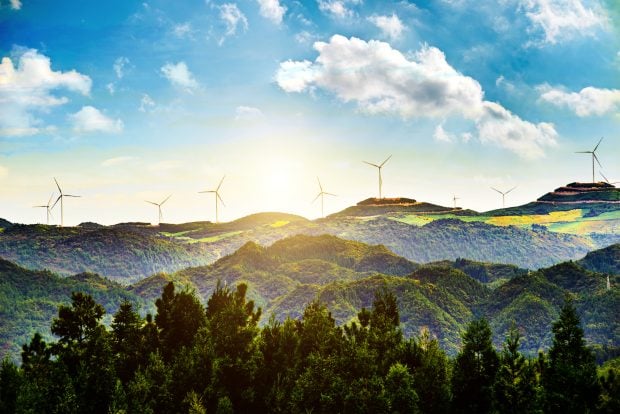Pandemic spending failing to build back better so far, report finds

Just 2.5% of all spending – and 18% of long-term economic recovery measures – announced by governments in the wake of the COVID-19 pandemic last year is earmarked for green initiatives, according to a new report published by the UN Environment Programme (UNEP).
The report, Are We Building Back Better?, brought together researchers from the UNEP and Oxford University to analyse the economic recovery efforts by 50 leading economies in 2020.
It found that of the US$14.6tn in spending announced in 2020 across the largest economies, just US$368bn was “green”. This extended into long-term recovery efforts too. Of the total spent by governments in 2020, just US$1.9tn (13%) was directed to long-term recovery measures, the report noted. Of that, just US$341bn (18%) was earmarked for green initiatives.
In the report, “green” spending refers to funds targeted at low-carbon energy; green transport such as electric vehicles, public transport, walking and cycling; energy efficiency upgrades to buildings; ecosystem restoration or counter-pollution measures; and research and development into new technologies.
Such measures can bring stronger economic growth, while helping to meet global environmental targets and addressing structural inequality, according to the UNEP. “Some of the most economically effective stimulus policies are the very same policies that will lead us towards deep decarbonisation and improvements in pollution and nature loss, and help us address the global and domestic inequalities that only grew in 2020,” the report noted.
Alongside publishing the report, The Global Recovery Observatory, launched a database tracking the rescue and recovery spending initiatives of the 50 largest economies. This includes more than 3,500 policies, according to the UNEP, and is updated every week.
Investments by sector
Green transport saw the highest spending of all the categories, with $86.1bn announced. The most common policies were subsidies for electric vehicles (EVs) and building capacity in public transport. “Smaller measures were announced in EV charging infrastructure (USD7.9bn) and cycling and walking infrastructure (USD4.3bn),” the report notes.
As well as tackling one of the biggest sources of greenhouse gas emissions, green transport measures would improve health by reducing air pollution, the report states. Investment in walking and cycling infrastructure would also tackle inequality by increasing transport availability for low-income communities, it adds.
Just over US$66bn was invested in low-carbon energy. The report highlighted the Spanish, German and South Korean governments’ investment in renewable energy, as well as hydrogen and infrastructure such as smart grids.
Another category was “natural capital”, which includes or ecosystem regeneration initiatives and reforestation. This saw investments of US$56bn. “Over two fifths of this investment (USD19.2bn) was directed towards public parks and green spaces investment, with spending dominated by a US policy for the restoration of national parks, and a Chinese policy aimed at air, water, and soil pollution prevention,” the report said.
Elsewhere, some US$35bn was announced for green building upgrades to increase energy efficiency, mostly through retrofits, with France and the UK launching notable initiatives.
And the smallest sum, US$28.9bn, was announced for research and development on renewable energy technologies, and innovations for decarbonising. “For hard to abate sectors like aviation, plastics, and agriculture, we simply do not yet know how to eliminate emissions without significant lifestyle changes,” the researchers said.
Developed countries lead
A small group of high-income countries accounted for most of the spending on green measures, the analysis found. South Korea, Spain and Germany are leading in terms of total green spending. When green spending is measured as a proportion of GDP, Spain, South Korea and the UK lead, though the researchers noted that this is “in part because these nations have all spent significantly more on overall recovery compared to others.”
Denmark, Finland, Germany, France, Norway, and Poland ranked highest when considering both the relative size and green characteristics of recovery spending. Again, the authors said Spain and South Korea were notable for their “comprehensive green packages”.
Debt constraints have restricted spending in emerging market and developing economies, the report stated. Low-income countries require substantial concessional finance from international partners to keep decades of progress against poverty from unwinding, it suggested.
Brian O’Callaghan, lead researcher at the Oxford University Economic Recovery Project and an author of the report, said: “Despite positive steps towards a sustainable COVID-19 recovery from a few leading nations, the world has so far fallen short of matching aspirations to build back better.
“But opportunities to spend wisely on recovery are not yet over. Governments can use this moment to secure long-term economic, social, and environmental prosperity,” he added.























